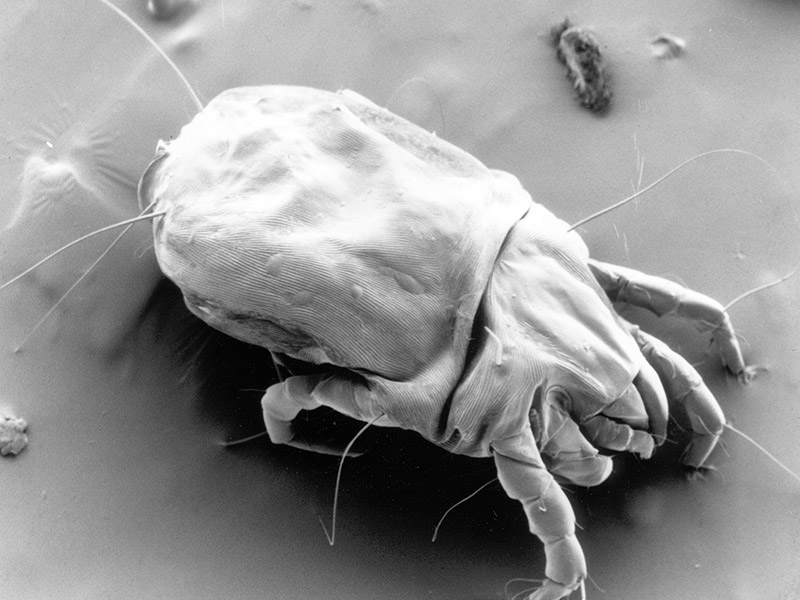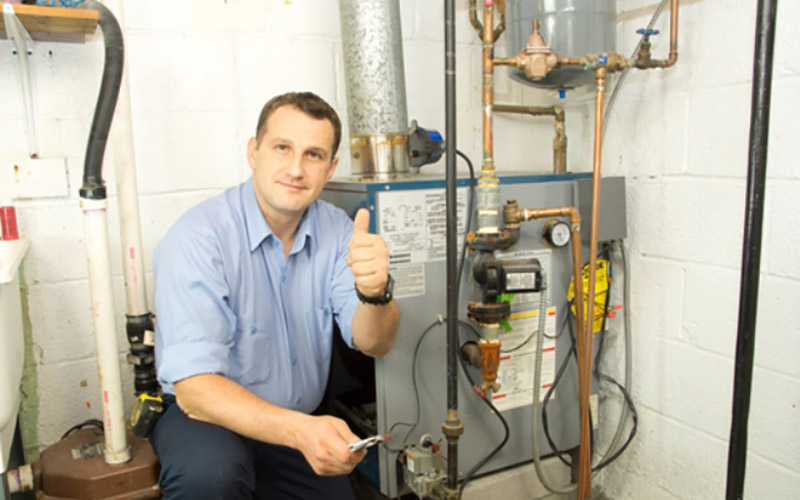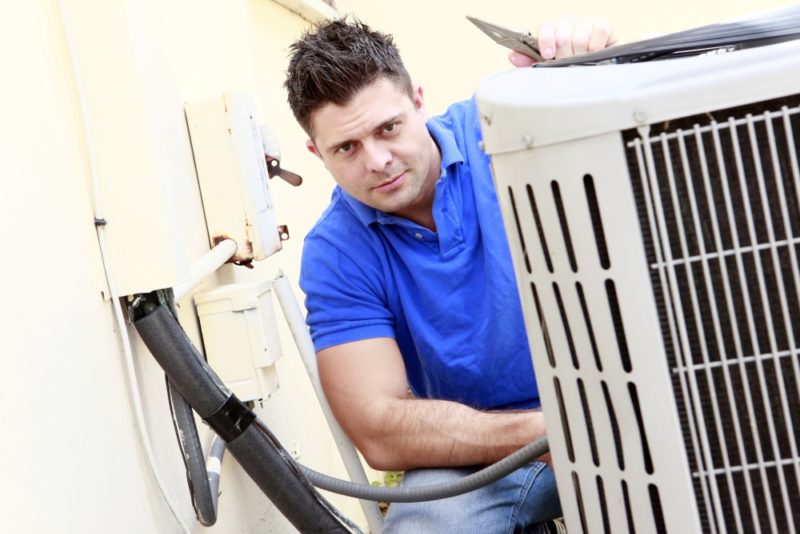
by GroupM7 | Jan 26, 2019 | Articles
6 of the Best Technologies for Improving Your IAQ Jan 26, 2019 Having good indoor air quality in your Liberty City, Texas, home is important for the health and comfort of your family. Modern technology has given us several fantastic indoor air quality (IAQ) devices,...

by GroupM7 | Jan 23, 2019 | Blog
What Does REME technology mean for Longview TX? Feb 3, 2012 Choosing the right heating system for your home can be complicated. Not only do you have to have a basic understanding of the technologies available, but you also need to select the right option for your...

by GroupM7 | Jan 20, 2019 | Blog
What Does REME technology mean for Longview TX? Feb 3, 2012 Keeping your HVAC system in top shape is vital for the comfort of your family. While Longview, Texas, has a mild climate, a malfunctioning HVAC system can lead to sweltering summers or chilly winters. Take...




